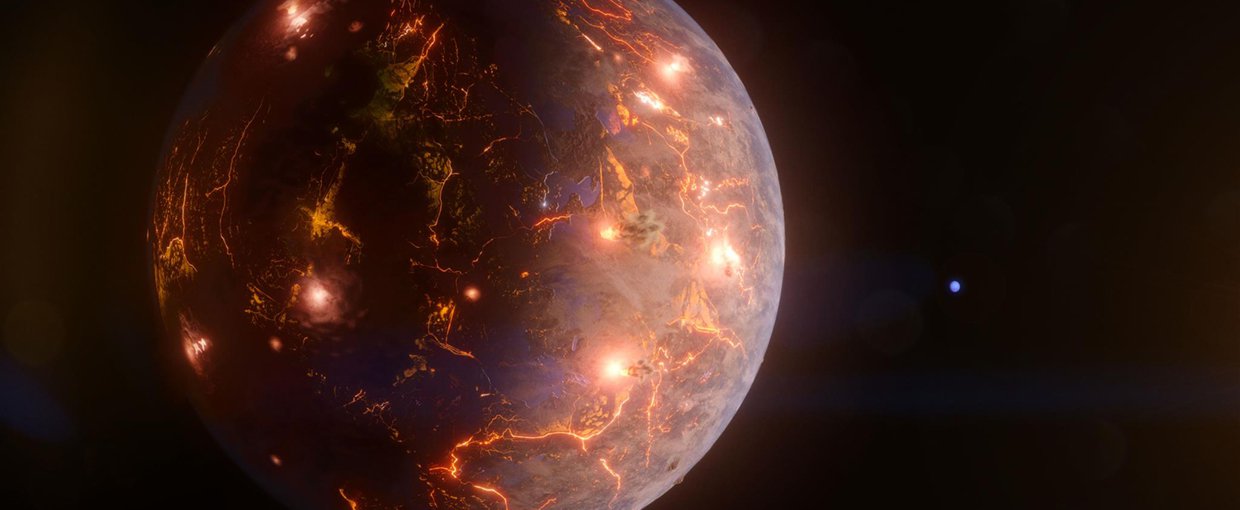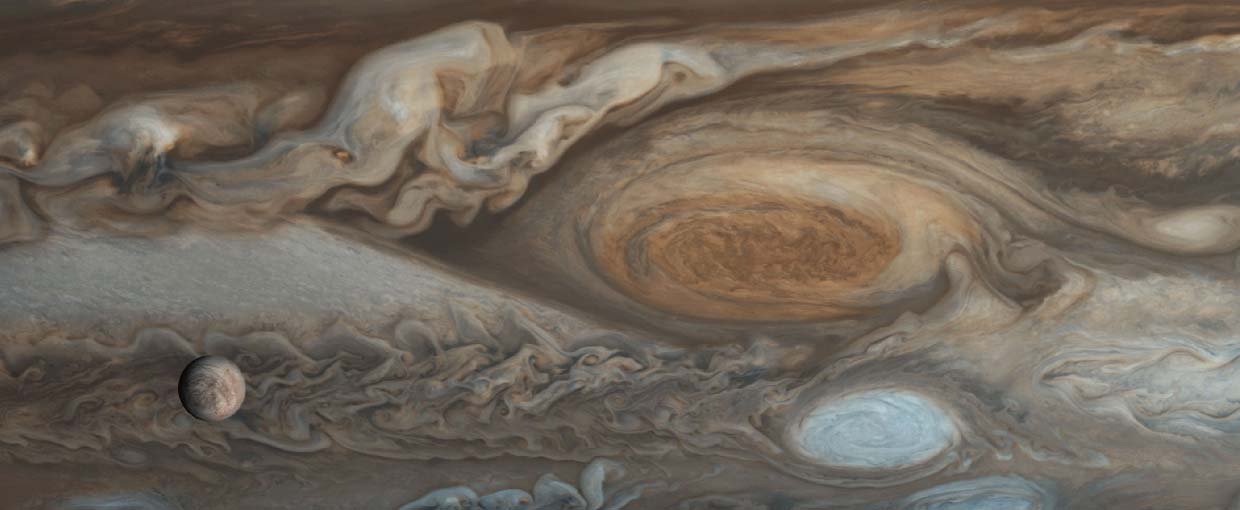Kadoya, S., Krissansen‐Totton, J., & Catling, D. C. (2019). Probable cold and alkaline surface environment of the Hadean Earth caused by impact ejecta weathering. Geochemistry, Geophysics, Geosystems. doi:10.1029/2019gc008734
Owens, J. D. (2019). Application of Thallium Isotopes. None. doi:10.1017/9781108688697
Zumberge, J. A., Rocher, D., & Love, G. D. (2019). Free and kerogen‐bound biomarkers from late Tonian sedimentary rocks record abundant eukaryotes in mid‐Neoproterozoic marine communities. Geobiology. doi:10.1111/gbi.12378
Barry, P. H., Nakagawa, M., Giovannelli, D., Maarten De Moor, J., Schrenk, M., Seltzer, A. M., … Lloyd, K. G. (2019). Helium, inorganic and organic carbon isotopes of fluids and gases across the Costa Rica convergent margin. Scientific Data, 6(1), None. doi:10.1038/s41597-019-0302-4
Ginzburg, S., & Chiang, E. (2019). Breaking the centrifugal barrier to giant planet contraction by magnetic disc braking. Monthly Notices of the Royal Astronomical Society: Letters, 491(1), L34–L39. doi:10.1093/mnrasl/slz164
Love, G. D., Zumberge, J. A., Cárdenas, P., Sperling, E. A., Rohrssen, M., Grosjean, E., … Summons, R. E. (2019). Sources of C30 steroid biomarkers in Neoproterozoic–Cambrian rocks and oils. Nature Ecology & Evolution. doi:10.1038/s41559-019-1048-2
Sun, Y., Frenkel-Pinter, M., Liotta, C. L., & Grover, M. A. (2020). The pH dependent mechanisms of non-enzymatic peptide bond cleavage reactions. Physical Chemistry Chemical Physics, 22(1), 107–113. doi:10.1039/c9cp05240b
Teske, J. K., Thorngren, D., Fortney, J. J., Hinkel, N., & Brewer, J. M. (2019). Do Metal-rich Stars Make Metal-rich Planets? New Insights on Giant Planet Formation from Host Star Abundances. The Astronomical Journal, 158(6), 239. doi:10.3847/1538-3881/ab4f79
Kelley, C. A., Bebout, B. M., Chanton, J. P., Detweiler, A. M., Frisbee, A., Nicholson, B. E., … Winkler, C. (2019). The Effect of Bacterial Sulfate Reduction Inhibition on the Production and Stable Isotopic Composition of Methane in Hypersaline Environments. Aquatic Geochemistry, 25(5-6), 237–251. doi:10.1007/s10498-019-09362-x
MacDonald, B. L., Stalla, D., He, X., Rahemtulla, F., Emerson, D., Dube, P. A., … White, T. A. (2019). Hunter-Gatherers Harvested and Heated Microbial Biogenic Iron Oxides to Produce Rock Art Pigment. Scientific Reports, 9(1), None. doi:10.1038/s41598-019-53564-w



